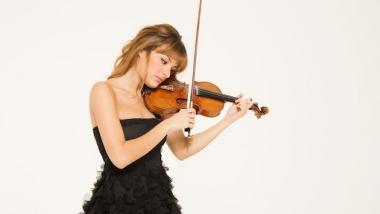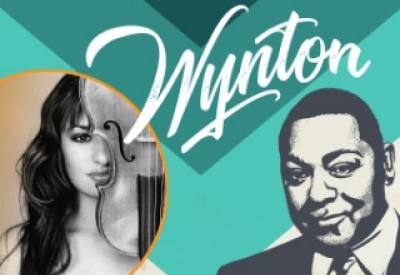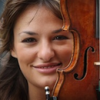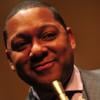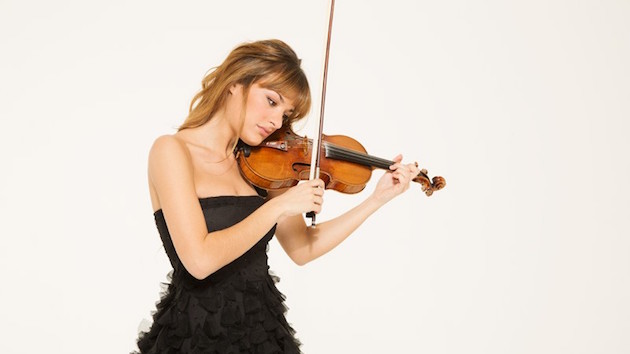
When violinist Nicola Benedetti is invited to describe Wynton Marsalis’s Violin Concerto in D Major, she is rhapsodic. Her words — both frothy and substantive — race like rapids spilling over great boulders as she describes the concerto that was written for her and in which she is the featured soloist at the Cabrillo Festival of Contemporary Music on Aug. 11.
“The first movement presents the complex picture that will unfold,” she begins. “It starts out with a very sweet, easy-to-understand melody. Then it goes into a nightmare fantasy, with sirens and extreme colors.” Following is a bluesy, cold, Miles Davis/John Coltrane-style section, and an ancestral march that starts at the back of the orchestra, like unruly people trying to upset a party. An A-B-A section moves through a sequence of parodies; a circus; birds or whistles mimicked, with “uncouth, rustic sounds and phrases,” she says. In one cadenza, her violin is played almost as if it is imitating a guitar. A blues movement begins abstractly, the jarring phrases eventually juxtaposed when a peaceful, American-sounding chorale is heard in warm strings played with lots of vibrato.

Soon, a curt section meanders seductively. “You go straight from that intimate moment to a church congregation section that calls for the horns and brass to holler to me as if I’m the preacher,” she says. That section ends with what the musicians call “a big sigh” — a lullaby that allows the orchestra to collectively breathe. It can be, according to Benedetti, “one of the sweetest, most moving parts of the concerto.”
In the final “hootenany” movement, Benedetti performs clashing intervals while the orchestra responds with a more Celtic sound. “I come with more and more bite and it heats up as it condenses down from eight- and twelve-bar phrases. I show off techniques while the orchestra shows off styles from habanera to ragtime to a Broadway sound. I do pizzicato and bird effects. Everyone comes together in the end. it’s an open celebration with a false ending. There’s a return to the earliest moments and the end is actually a fade. It’s cyclical, like Wynton’s life view. There’s always an open end.”
Invigorated, perhaps by the freedom to describe the work at terrific speed — an approach Benedetti says Marsalis forbids when it comes to the actual playing of his work — she goes on to describe the inner practices of shaping and performing the concerto. Sharing her thoughts and activities related to the realities for women in classical music and the mission of her Benedetti Foundation leaves no doubt Benedetti’s influence will shape more than just concertos in the canon.

What do you find compatible or contrasting in the concerto’s influences that range from Baroque to American blues to African-American spirituals to Scottish folk songs?
From a distance, it may seem like all of those styles are separate, but in the history of music, they merge and were influenced by individuals coming from all over the world. Blues, German traditions, European folk music traditions: so many different musics have respect for one another. Wynton’s admiration for them is the same and is lifelong: he was playing them all when he was young. They mix organically in his piece.
For you as a violinist, what are the work’s greatest challenges?
To do justice to the colorfulness and quick changes in your sound was hardest for me. Freedom in rhythm within strict boundaries was also difficult. For example, we disagreed about the opening movement: I thought it was more virtuosic to be like a train going forward. But he thought it was weaker, and the most powerful way to play was to play steady, play downbeats with a lot of force. That sounded to me like really square. He never wants his music to be rushed. I had to come to his way with the most integrity.
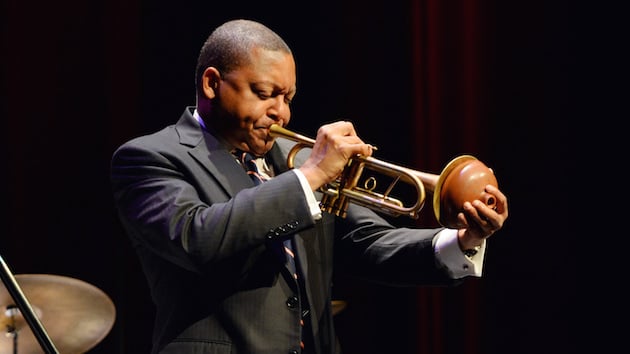
There are “signpost” moments you developed with Marsalis that are meant to guide nonclassical listeners through this long-form piece, but also allow room for individual experience and interpretation. What can you tell us about them?
I guess what we’re trying to do that hasn’t been completely formalized yet is that with any long-form piece, people want to understand the order and meaning of sounds, where they come from, the influences and historical markers. We want to do a map that allows them insight, without them having to open up a score. We’re doing that through animations of different moments or words written in programs and looking to other ways.
Each performance, especially of a work written expressly for you, offers an opportunity to learn. What have you learned about yourself as a musician, performer, and artist while performing this concerto?
When I think about it, the first thing that comes to mind is the space a soloist occupies on the stage. I developed a new understanding. I was able to use that Wynton wants you to be a storyteller when you play his music. I learned to embrace that space more and to step into it more definitively, authoritatively.
What are your observations about women in leadership roles in classical music? What excites you, what frustrates you?
Karina (Karina Canellakis at Orchestre de Paris) is an example of an excellent conductor. We right the imbalance for women conductors through offering opportunities to study and learn and then, [by] demonstrations of quality. The two have to go hand in hand.
Does that mean that as a solo performer and recording artist there are advantages to being a woman, as well as stubborn obstacles?
Of course there are advantageous and disadvantages for both sexes. If you are presenting work or thought of a certain quality or profundity or anything of yourself that is deep and that’s not taken seriously because of how you are perceived, that [problem] exists for all people, not just women. But I would say that the groups for which that does not exist are very, very small.
I do not like too much victimhood. We have more power than the rhetoric makes it seem, which is to seem we are just at the mercy of people who control the system. That has not been my experience. My whole dialogue with my surroundings, with journalists, with colleagues, with young musicians—I’ve tried to fill my interactions and work with as much substance as I can and therefore feel I am treated as such. You know, the give and take between all the prejudices in the world is more complex than it’s often presented. I would very much like this profile in what you present: People trying to disempower me has not been my experience.
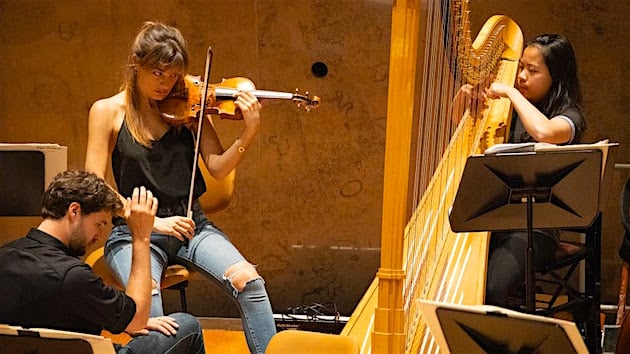
We often talk or write about training and education for young musicians, but less often about supporting music teachers. Your Benedetti Foundation, still under development, places specific emphasis on teachers in music education: What primary reasons or beliefs caused you to make support for teachers a significant part of the foundation?
I think it’s born of different strands coming together on one road. One strand being my already extensive experience communicating with teachers. I’ve been listening to their plight, the conditions under which they work: under-resourced, [they are] an under-appreciated sector of society. Teachers of music often fall under that pile, although that doesn’t include professors at university and teachers in conservatories. But so many regular music teachers in (public, nonmusic specialization) schools are like a missing link and a neglected building block in music education.
My trying to address the issue of how a pyramid effect might positively affect the problems in music education is a second strand and has been a part of my foundation planning from the beginning. It’s a no-brainer that the way to try to do that is through teachers who often reach hundreds of kids per week.
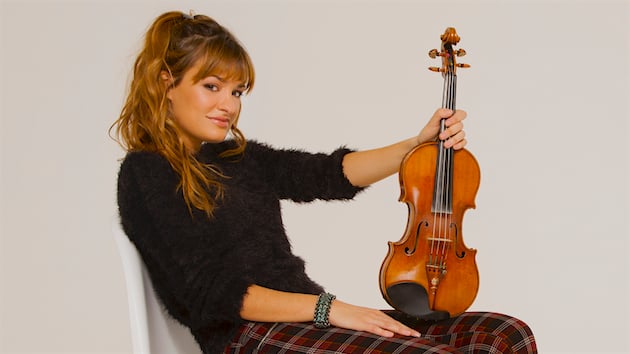
What are the skills or material supports teachers most often need?
Simply how to help students learn rhythms, make sounds, read notes. If you pare it down, it’s playing in tune and playing in time. You’re trying to get a student through an exam by doing those two things. Trying to improve their physical relationship to their instrument and tying it to their emotional state, is a lifelong endeavor. It’s a travesty from the get-go if they can’t enjoy sound production. If they’re physically uncomfortable ... oh, the number of life lessons that could be learned (if they could master these skills) would benefit children in countless ways.
The emotional and psychological expression are another gaping hole in music education. I’d rather have children playing something more simple, where they physically are feeling good and enjoying making a good sound and equally emotionally engaged with what they are playing than everyone racing through the grades. The longer spent on those fundamental things, the rest [of the learning and skill achievements] would flow much faster.
Your With Nicky online educational videos offer instruction in teaching or improving vibrato, sound production, practice techniques, and motivation, but do teachers also lack information about grants, partnerships, and other resources? Is a listing of resources for teachers in the plans for the foundation?
Absolutely, 100 percent. The main focus as we launch the foundation will be four workshops next year; their intention will be to be a hub of insights. There are four main groups: young, beginning and a senior/adult orchestra, and then a teachers’ group. For that, we will have identified starters of amazing music charities, teachers doing the best possible work in music, their visions and how they go about doing what they do. And these people, their door is open: They welcome others to come in and observe, take away, duplicate what they are doing. That was very important.

